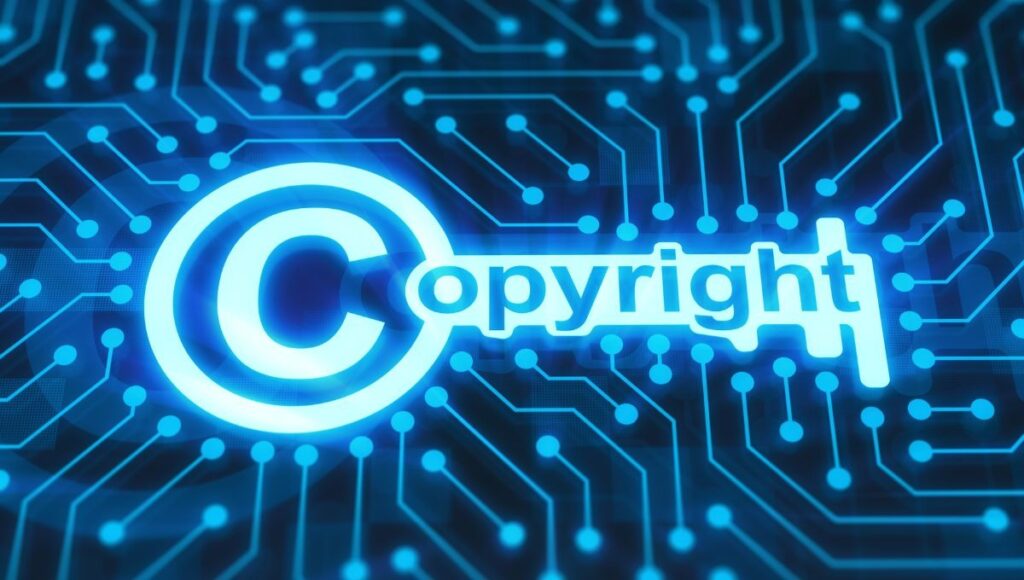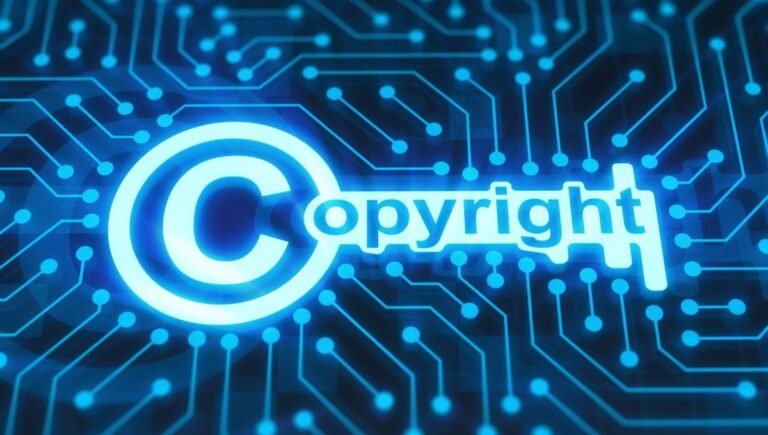
There is no feeling quite like it: the sinking in your stomach when you discover your hard work—your article, your photograph, your video, your digital course—has been stolen and republished without your permission. In a digital world, content is your currency, and theft is a constant threat. Fortunately, the law provides a powerful weapon: the Digital Millennium Copyright Act (DMCA). But knowing you have the right to fight back and knowing how to do it are two very different things. The process can be a confusing, time-sucking nightmare.
For this reason, a new industry of digital guardians has emerged. Creators are no longer fighting this battle alone. Instead, they are turning to a professional dmca takedown service to act as their automated watchdog and legal enforcer, reclaiming their content and their peace of mind.
What is the DMCA? (And Why It’s Your Best Weapon)
The Digital Millennium Copyright Act (DMCA) is a United States copyright law that provides a critical tool for content owners. Its most important feature is the “safe harbor” provision.
In short, this provision states that service providers—like web hosts (e.g., GoDaddy, Bluehost), social media platforms (e.g., Facebook, Instagram), and search engines (e.g., Google)—are not held liable for the infringing content their users upload, as long as they provide a mechanism to “takedown” that content when properly notified by the copyright owner.
A DMCA takedown notice is a formal, legal request sent to the service provider hosting the stolen content. When formatted correctly, the provider is legally compelled to remove the material to maintain their safe harbor protection. This is your primary weapon for getting stolen content removed from the internet.
The Big Decision: DIY vs. a Professional Service
When you find your content stolen, you have two choices: handle the takedown yourself or hire a professional.
The “Do-It-Yourself” (DIY) approach is technically free, but it has significant hidden costs. You must:
- Find the actual web host of the infringing site (which is often hidden behind services like Cloudflare).
- Locate the host’s specific “Designated DMCA Agent” and their required contact method.
- Draft a takedown notice that meets all the specific legal requirements of the DMCA (a single mistake can invalidate it).
- Track the request, follow up, and manage any communication or counter-notices.
This process can take hours for a single takedown, and it’s a frustrating, emotional drain. For creators who face theft regularly, it’s an unwinnable game of whack-a-mole. This is where a dedicated service’s value becomes clear. They have the tools to find infringements, the databases to instantly identify the correct host, and the legal templates to ensure compliance. For creators who need reliable, ongoing protection, engaging a firm like DMCA Desk can be a strategic move to reclaim their time.
Protect Your Digital Content with DMCA Desk Efficient and reliable DMCA takedown services to safeguard your online assets
Key Features That Define the “Best” Service
Not all takedown services are created equal. When shopping for a provider, the “best” service is the one that has the features that match your specific needs. Look for these key elements:
- Automated Monitoring: The best services don’t wait for you to find theft. They use AI and web crawlers to constantly scan the internet for your content (based on your images, text, or videos) and alert you to new infringements.
- Platform Coverage: Does the service only handle websites? Or does it also cover social media, video platforms (YouTube, TikTok), marketplaces (Amazon, Etsy), and search engines (Google, Bing)? A comprehensive service covers all of them.
- Success Rate and Speed: How effective are they, and how fast do they work? A good service will have a high success rate (often 90%+) and can get most content removed within 24-72 hours.
- Reporting Dashboard: You need visibility. A quality service provides a dashboard where you can submit new links, track the status of existing takedowns, and see a history of all actions taken on your behalf.
- Legal Backup: What happens if the infringer files a “counter-notice”? This is a legal response claiming they have the right to use the content. A top-tier service will have legal experts or attorneys on staff to review the claim and advise you on the next steps.
Understanding the Different Pricing Models
Cost is a major factor for creators. Services are typically priced in one of three ways:
- Pay-Per-Takedown: This is the à la carte model. You pay a flat fee (e.g., $50 – $200) for each individual piece of content you want removed. This is ideal for creators who only experience occasional theft.
- Monthly Subscription: This is the most common model for active creators (like YouTubers, course creators, or adult performers) who face constant piracy. For a flat monthly fee, you get continuous monitoring and a set number (or unlimited) of takedowns.
- Commission-Based (Post-Payment): Some services, particularly those for photographers and artists, operate on a “no win, no fee” model. They find your stolen images, and instead of just a takedown, they pursue a retroactive license fee from the infringer. If they succeed, they take a percentage (e.g., 50%) of the recovered money.
Service Spotlight: The All-Rounders (e.g., Bruqi, DMCA.com)
For many creators, an all-around service is the perfect fit. DMCA.com is one of the oldest and most recognized names in the space. They offer both DIY tools for free and a “full-service” takedown where their team handles everything for a flat fee. This makes them a flexible option for those with varying needs.
Service Spotlight: The Enterprise Solution (e.g., Red Points)
If you are not just a creator but a brand, your problems are bigger. You may face not only content theft but also counterfeit products, logo imitation, and domain squatting. This is where enterprise-level services like Red Points come in. They use AI to provide 24/7 brand protection, scanning marketplaces, social media, and the web for all types of infringement and automatically enforcing your rights at a massive scale. This is more of a full brand protection solution than a simple DMCA service.
Service Spotlight: The Niche Specialists (e.g., Copytrack)
Sometimes, you need a specialist. For photographers, illustrators, and visual artists, Copytrack offers a unique model. Their service is free to use. You upload your images, and their reverse-image-search technology scans the web for copies. When it finds a match, you decide: do you want a simple takedown, or do you want to pursue a license fee? If you choose the latter, Copytrack’s legal team pursues the infringer to get you paid for the unauthorized use, taking a commission only if they are successful.
What to Do If You Receive a DMCA Counter-Notice
This is where a professional service truly earns its keep. A DMCA counter-notice is a formal legal response from the person who posted your content, claiming they have a legal right to do so (e.g., “Fair Use” or they believe you are mistaken).
When this happens, the web host is legally required to put the content back up in 10-14 days unless you file a formal lawsuit. A DIY-er will be stuck and intimidated. A good DMCA service will have the legal expertise to review the counter-notice, assess its validity, and advise you on whether to drop the matter or escalate it to a lawyer.
How to Choose the Right Service for You
There is no single “best” DMCA takedown service, only the best one for your situation. To find it, ask yourself these questions:
- What is my content? If you are a photographer, a service like Copytrack is built for you. If you are a video creator, you need a service that excels at monitoring YouTube and pirate streaming sites.
- What is my budget? If you face theft once or twice a year, a pay-per-takedown service like DMCA.com is cost-effective.
- What is my volume? If you are a course creator or adult performer who is “leaked” daily, you need an unlimited subscription service like Bruqi that focuses on automation.
- What is my goal? Do you just want the content gone (a takedown), or do you want to get paid (a licensing model)?
Protecting your digital creations is not a luxury; it is a necessary part of doing business online. By choosing the right service, you can stop wasting time in a frustrating game of whack-a-mole and get back to what you do best: creating.
